US warns airliners flying in Persian Gulf amid Iran tensions
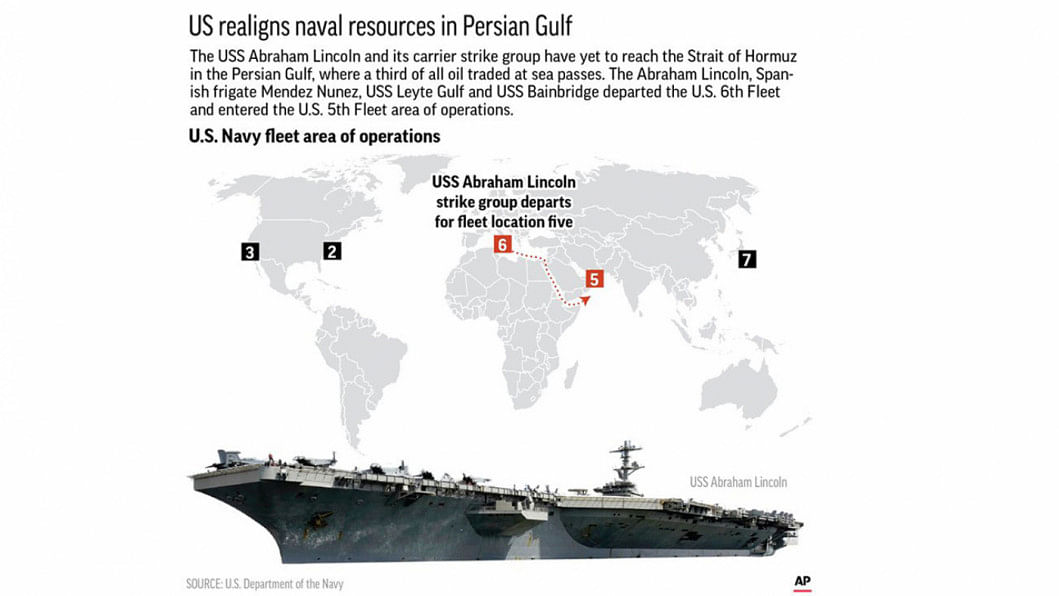
US diplomats warned today that commercial airliners flying over the wider Persian Gulf faced a risk of being "misidentified" amid heightened tensions between the US and Iran.
The warning relayed by US diplomatic posts from the Federal Aviation Administration underlined the risks the current tensions pose to a region crucial to global air travel. It also served as a grim reminder that 30 years ago, the US mistook an Iranian passenger jet for a warplane in the wake of a naval battle with Tehran, killing all 290 people aboard.
Concerns about a possible conflict have flared since the White House ordered warships and bombers to the region to counter an alleged, unexplained threat from Iran that has seen America order nonessential diplomatic staff out of Iraq. President Donald Trump since has sought to soften his tone.
Meanwhile, authorities allege that a sabotage operation targeted four oil tankers off the coast of the United Arab Emirates, and Iran-aligned rebels in Yemen claimed responsibility for a drone attack on a crucial Saudi oil pipeline.
Saudi Arabia directly blamed Iran for the drone assault, and a local newspaper linked to the Al Saud royal family called on Thursday for America to launch "surgical strikes" on Tehran.
This all takes root in Trump's decision last year to withdraw the US from the 2015 nuclear accord between Iran and world powers and impose wide-reaching sanctions. Iran just announced it would begin backing away from terms of the deal, setting a 60-day deadline for Europe to come up with new terms or it would begin enriching uranium closer to weapons-grade levels.
The order relayed today by US diplomats in Kuwait and the UAE came from an FAA Notice to Airmen published late Thursday in the US It said that all commercial aircraft flying over the waters of Persian Gulf and the Gulf of Oman needed to be aware of "heightened military activities and increased political tension."
This presents "an increasing inadvertent risk to US civil aviation operations due to the potential for miscalculation or misidentification," the warning said. It also said aircraft could experience interference with its navigation instruments and communications jamming "with little to no warning."
The Persian Gulf has become a major gateway for East-West travel in the aviation industry. Dubai International Airport in the United Arab Emirates, home to Emirates, is the world's busiest for international travel, while long-haul carriers Etihad and Qatar Airways also operate here.
All three airlines, as well as Oman Air, did not immediately respond to a request for comment today about the warning.
The warning appeared rooted in what happened 30 years ago after Operation Praying Mantis, a daylong naval battle in the Persian Gulf between American forces and Iran during the country's long 1980s war with Iraq. On July 3, 1988, the USS Vincennes chased Iranian speedboats that allegedly opened fire on a helicopter into Iranian territorial waters, then mistook an Iran Air heading to Dubai for an Iranian F-14. The Vincennes fired two missiles at the airplane, killing all aboard the flight.

 For all latest news, follow The Daily Star's Google News channel.
For all latest news, follow The Daily Star's Google News channel. 



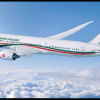
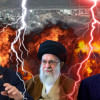
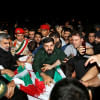

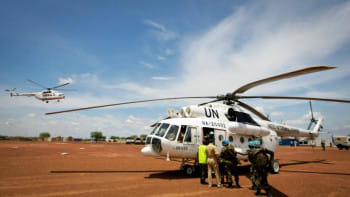
Comments